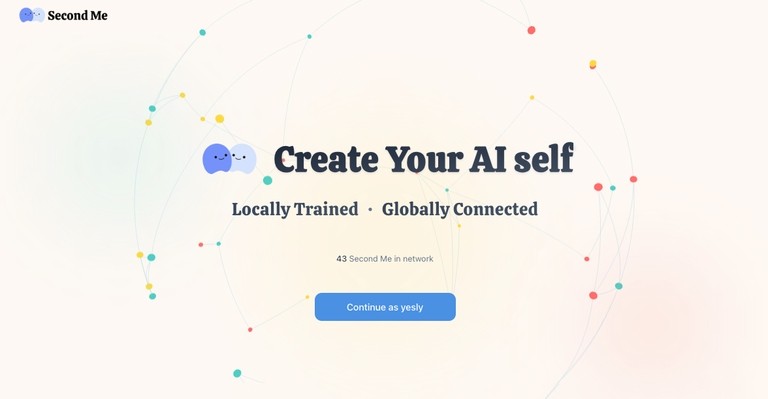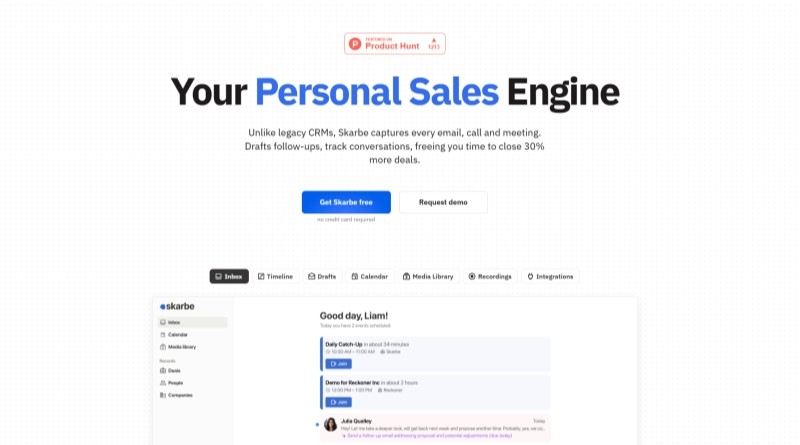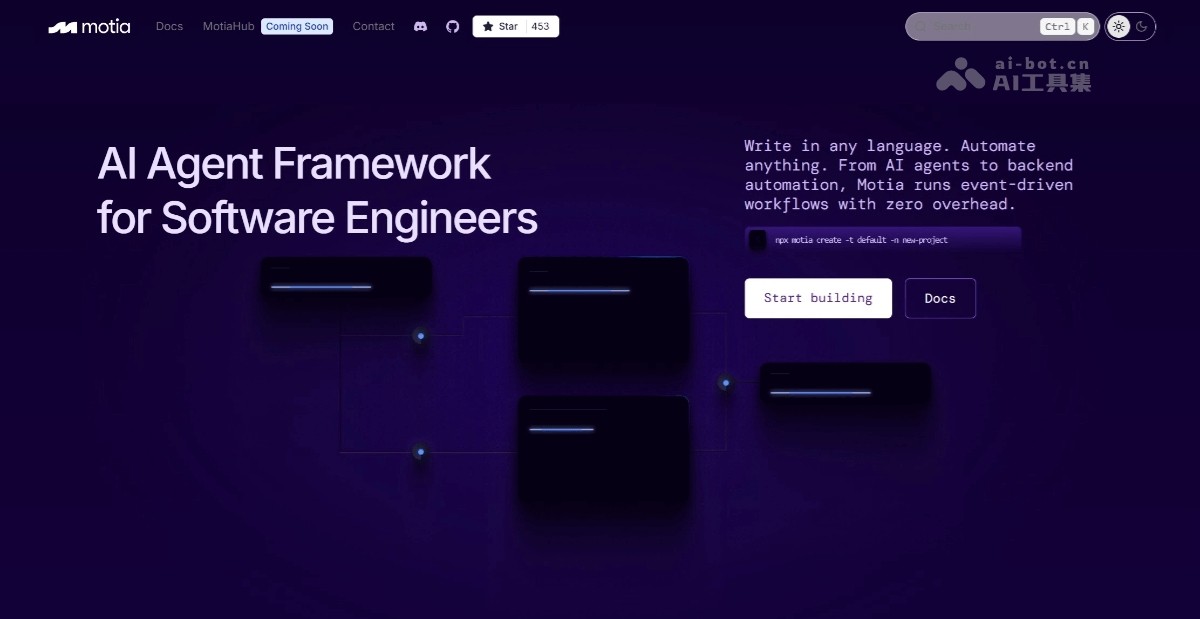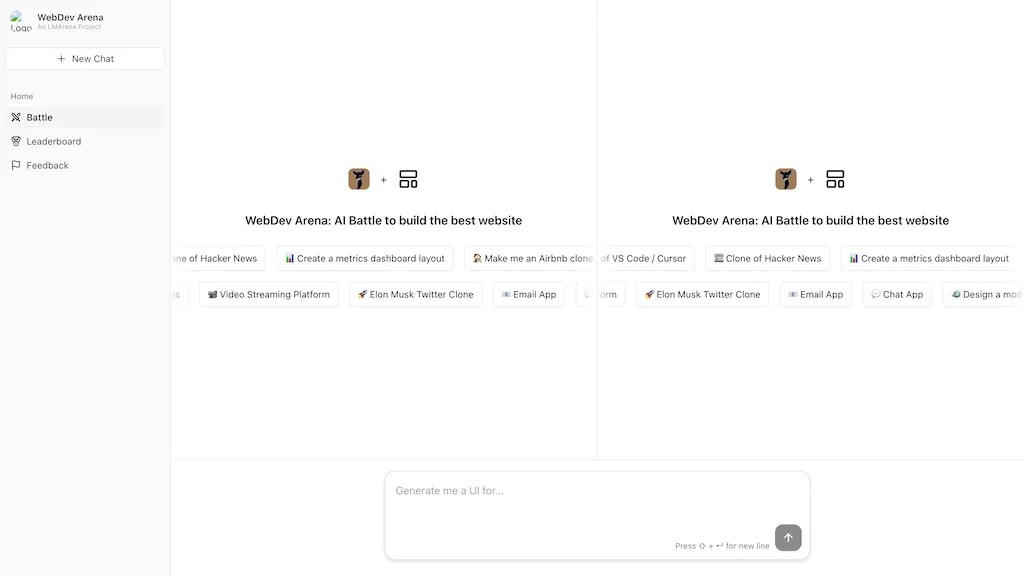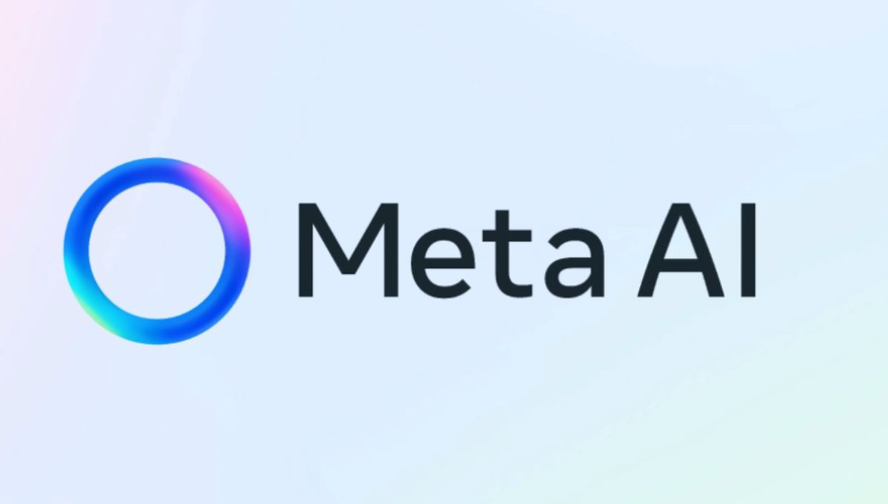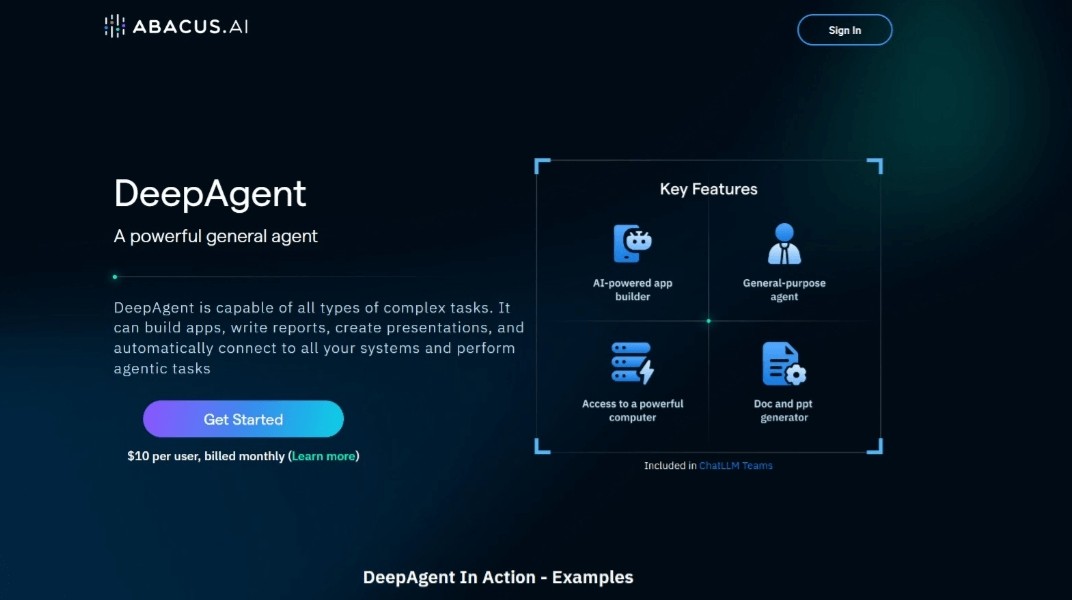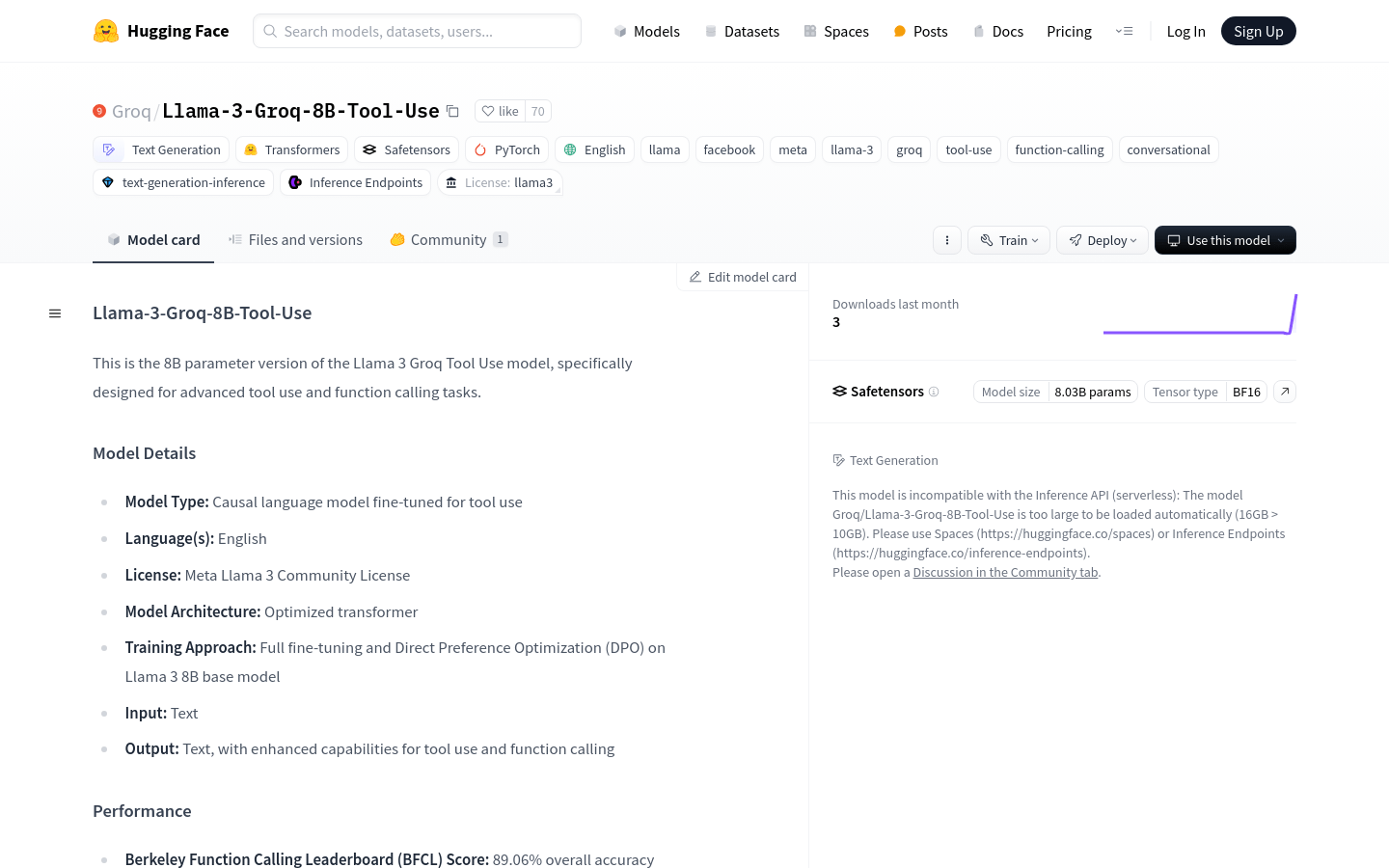
The Llama-3-Groq-8B-Tool-Use model is an 8B parameter causal language model specially designed for advanced tool usage and function calling tasks. The model has an optimized transformer architecture and is trained on the Llama 3 8B base model with full fine-tuning and direct preference optimization (DPO). It excels at tasks involving API interaction, structured data manipulation, and complex tool usage. However, users should be aware that this model may produce inaccurate or biased content in some cases, and users will need to implement appropriate security measures for their specific use cases.
Demand group:
"This model is suitable for researchers and developers, especially those who need advanced operations in tool usage and function invocation scenarios. It can help them interact with APIs more efficiently, process structured data, and use complex tools , thus improving work efficiency and accuracy."
Example of usage scenario:
Researchers use this model for natural language processing tasks to improve text generation and understanding capabilities
Developers use models to perform complex data manipulation and analysis to optimize application functionality
Enterprises use this model to enhance conversation understanding and task execution capabilities when developing intelligent assistants
Product features:
Causal language model fine-tuning for tool use
Optimized converter architecture to support complex tasks
Fully fine-tuned and direct preference optimization (DPO) training methods
Enhanced text input and output capabilities, supporting tool usage and function calls
Obtained an overall accuracy of 89.06% on the Berkeley Function Calling Leaderboard
Suitable for tool usage and function calling scenarios in research and development
Sensitive to temperature and top_p sampling configuration, needs to be adjusted appropriately
Usage tutorial:
1. Visit the Hugging Face website and find the Llama-3-Groq-8B-Tool-Use model
2. Read the model documentation to understand its functions and usage restrictions
3. Adjust the sampling configuration of the model as needed, such as temperature and top_p
4. Use the model for text input and obtain enhanced text output
5. Utilize the API interaction capabilities of the model in tool usage and function calling tasks
6. Monitor model output to ensure accuracy and appropriateness of content
7. Implement necessary security measures according to specific application scenarios
